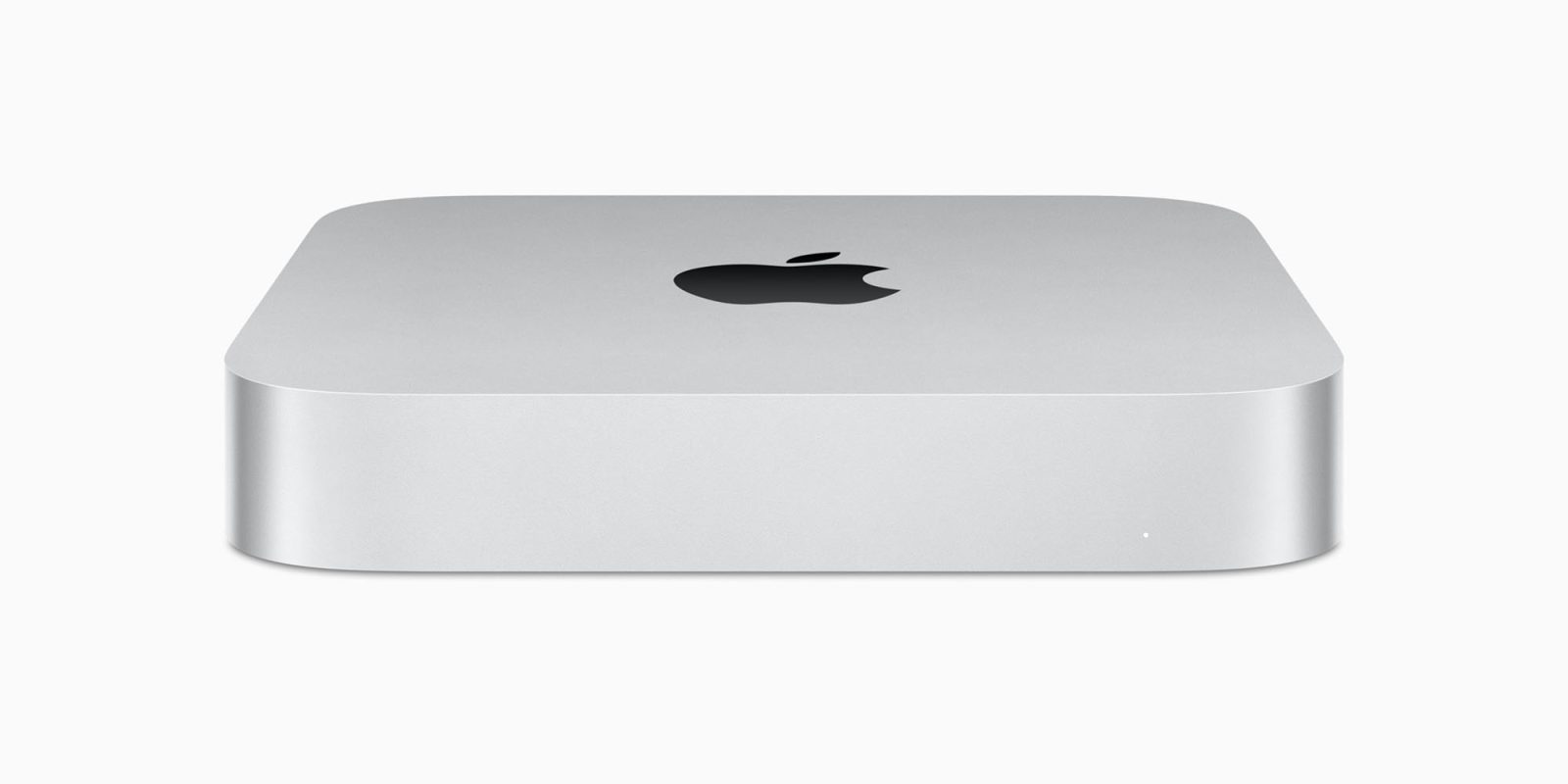
The M1 Mac mini power consumption and thermal output figures highlight just how much more efficient Apple Silicon is than the Intel chips that powered older models …
Daring Fireball compiled the figures from an Apple Support document.
A few weeks ago, Apple added the new M1 model to their support page listing the power consumption and thermal output of all Mac Mini models (including the 2005 original, which used a PowerPC G4 CPU). The numbers from 2014 onward are rather striking.
Fun fact:
It’s worth noting that the M1 Mac Mini’s maximum power consumption and thermal output are only ever so slightly higher than the idle power/thermal numbers for the original 2005 PowerPC G4 Mac Mini. A new M1 Mac Mini running at full speed uses about the same power as a G4 Mac Mini did just sitting there with the Finder open doing nothing.
| MAC MINI MODEL | Idle power (W) | Max power (W) | Idle thermal output (BTU/H) | Max thermal output (BTU/H) |
|---|---|---|---|---|
| 2020, M1 | 7 | 39 | 23 | 133 |
| 2018, 6-core Core i7 | 20 | 122 | 68 | 417 |
| 2014, 2-core Core i5 | 6 | 85 | 20 | 290 |
| … | ||||
| 2006, Core Solo/Duo | 23 | 110 | 79 | 376 |
| 2005, PowerPC G4 | 32 | 85 | 110 | 290 |
John Gruber speculates that the difference between the 2014 and 2018 models may explain why there was such a long gap between updates: that Apple had been hoping to switch to its own chip because Intel wasn’t delivering, but was eventually forced to release an interim update.
This gap in Mac desktop hardware […] was viewed by many as a sign that Apple had lost interest in the Mac. Even after the [Mac Pro heads-up] roundtable meeting, however, Schiller’s “the Mac Mini remains a product in our lineup” comment was taken as a sign that even if Apple had a reinvigorated interest in high-end Mac desktops, the Mac Mini was not a priority.
But then came the very well-regarded 2018 Mac Mini. It was still an important product in Apple’s lineup! But well-regarded or not, look at the thermals in the table above. The 2018 Mac Mini has three times the power consumption and thermal output of the new M1 Mac Mini — and much higher numbers than the 2014 Mac Mini models it replaced. It’s an outlier on the trendline. And keep in mind that the M1 Mac Mini is also a much more performant computer.
Apple does not like to talk about stuff like this, so we’re left to conjecture, but it’s not hard to look at this simple table of power consumption and thermal output and consider that those “gap years” in Mac desktop hardware — the Mac Mini in particular — were to a large extent the result of Intel’s chips running way too hot for Apple’s standards. And that in 2017, Apple bit the bullet and did the best they could with what Intel had to offer, realizing then that they needed another generation of Intel Macs (desktop and laptop) before Apple Silicon Macs would be ready.
The M1 Mac mini achieves its impressive power efficiency despite a significant performance boost.

FTC: We use income earning auto affiliate links. More.



Comments